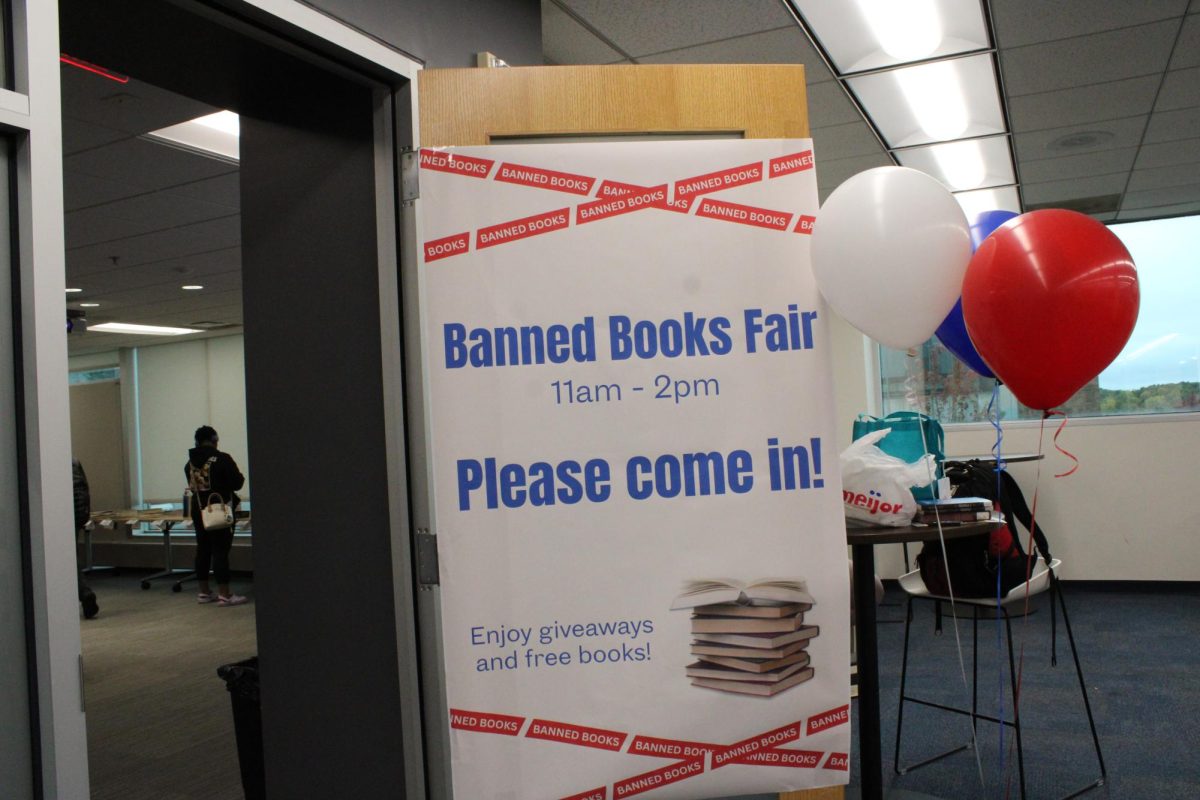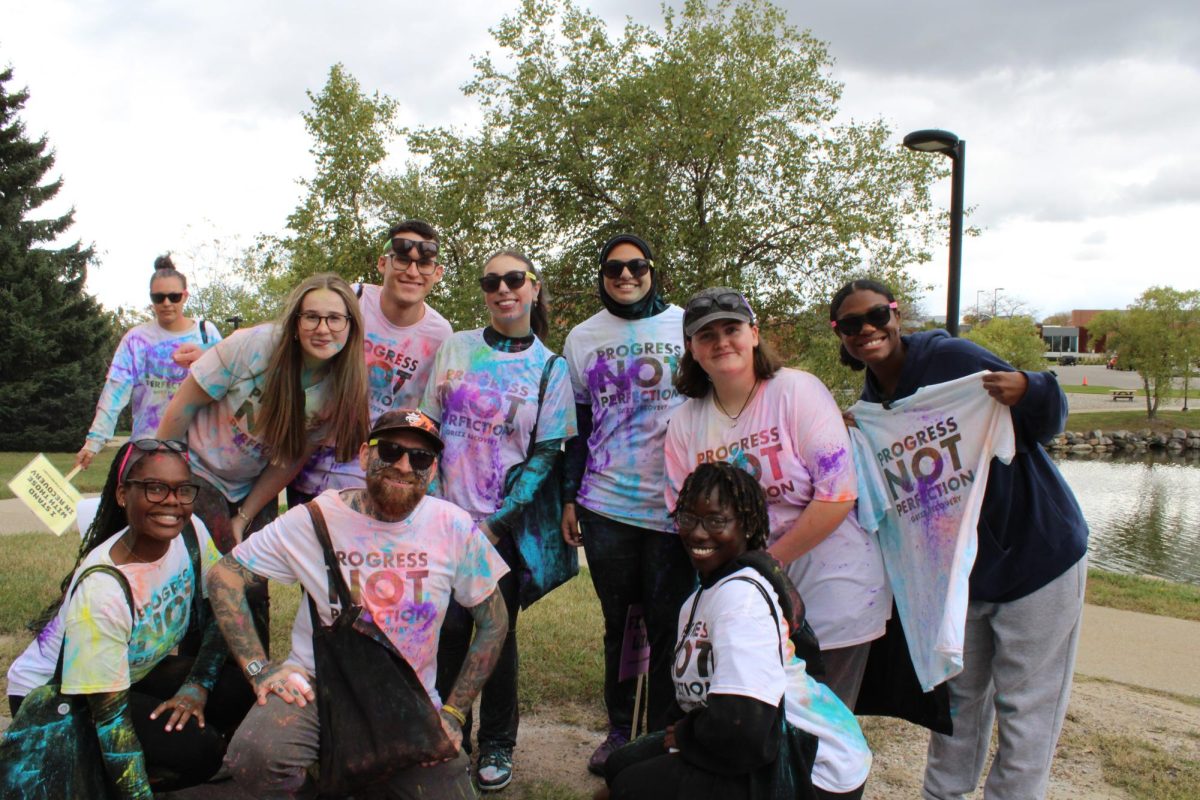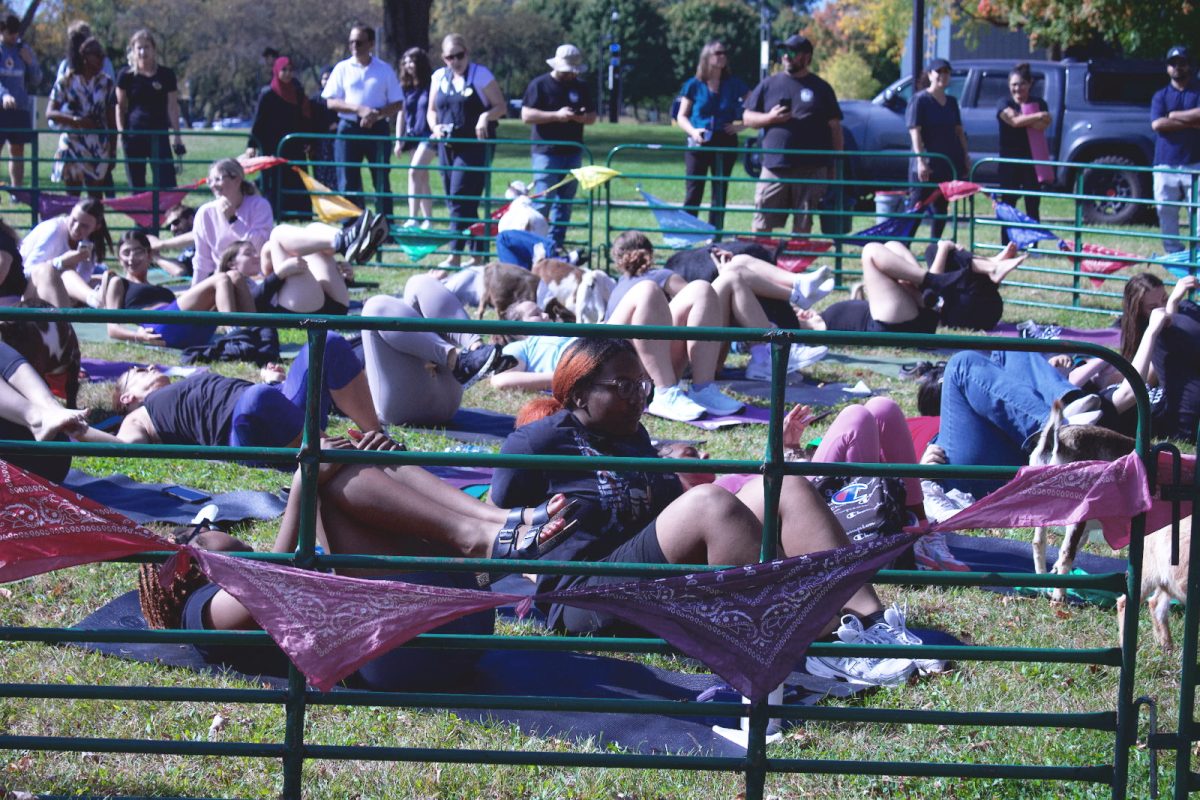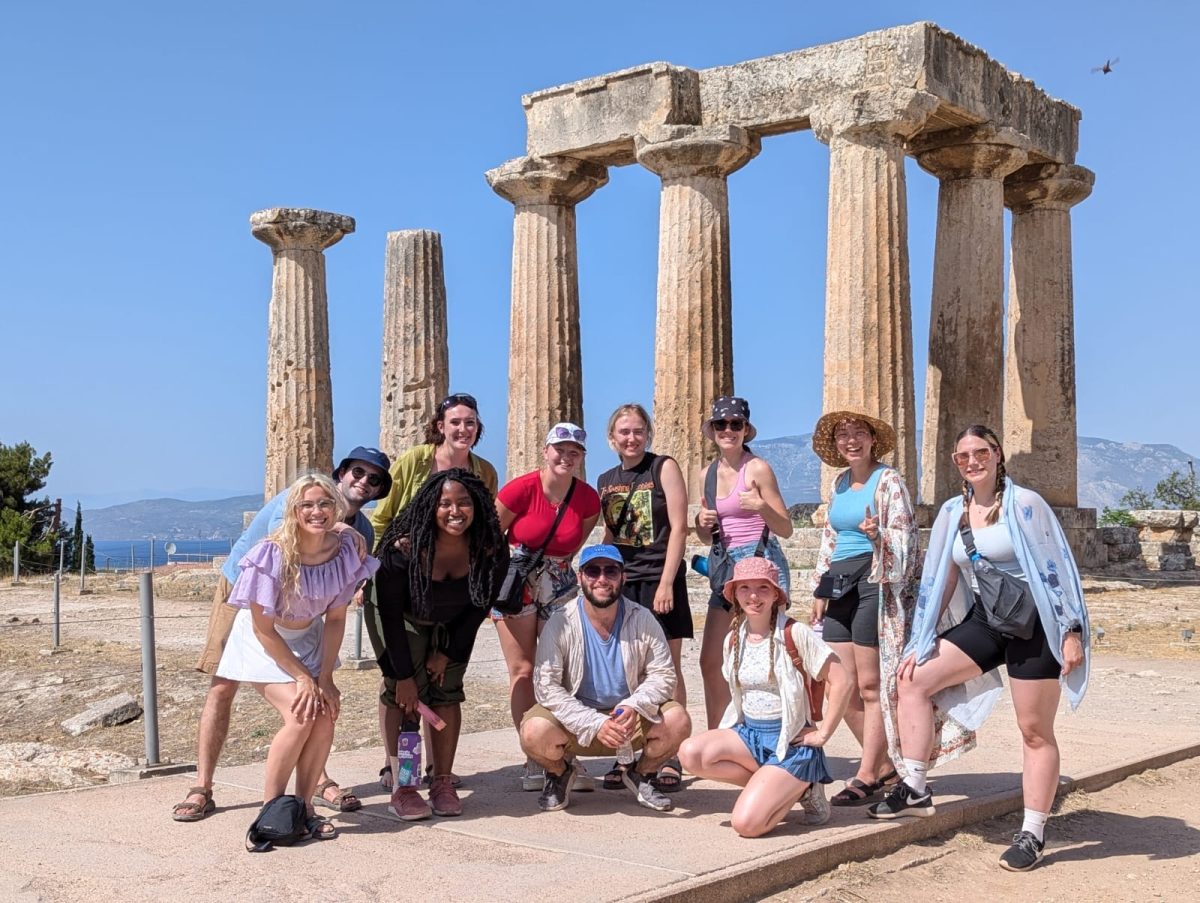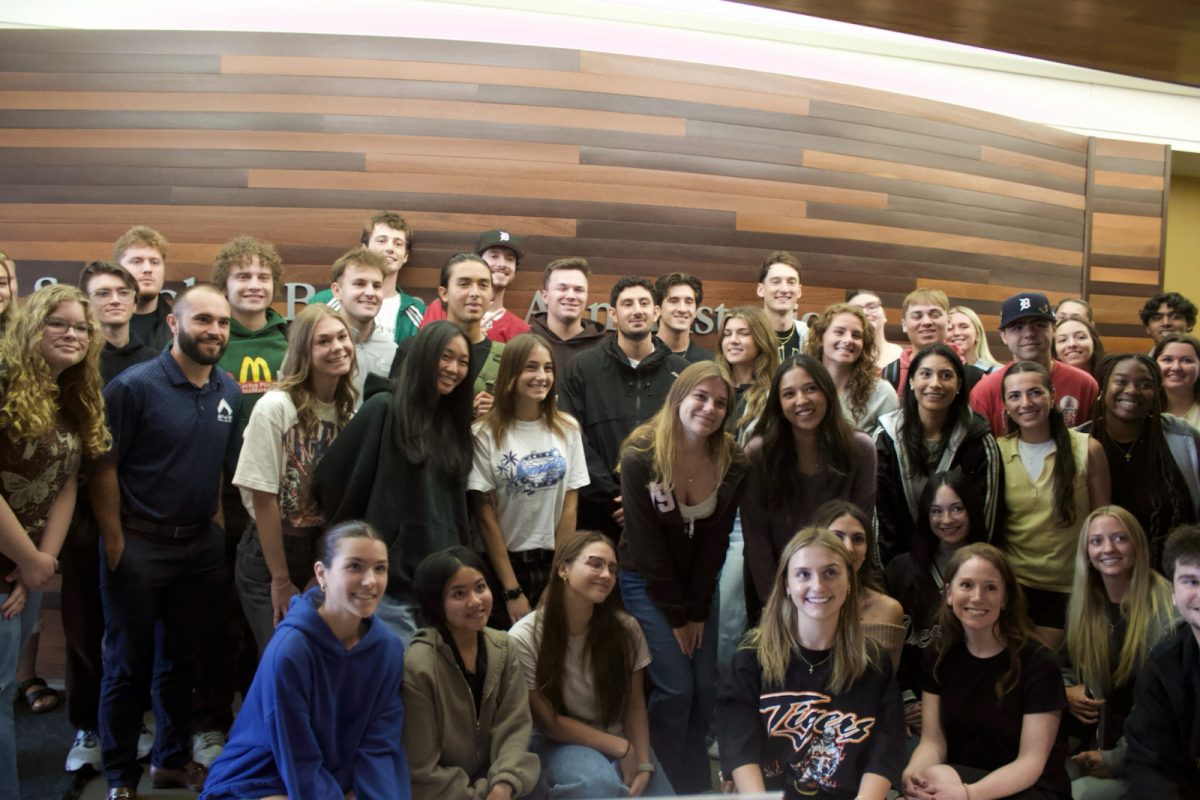Oct. 5 to Oct. 11 marked the annual Banned Book Week — an event put on by the American Library Association (ALA). Oakland University participated in highlighting and promoting the freedom to read with a banned book fair on Oct. 7 at Kresge Library. The fair showcased challenged or banned books for students, faculty and the community to explore. The event was co-hosted by Kresge Library and the Educational Resources Lab, with participation by the Writing Center.
The book fair was set up for participants to interact with the books set out. There were novels varying from reading levels to genres. Along with each book station were interactive flip warning cards that displayed why the books were challenged or banned. Bookmarks stating “Read banned books” were set out for people to pick up, along with stickers and attendees were even able to pick up and check out a volume from the library.
“We took a look at the two main booklets that the American Library Association and PEN America put out to pick which books to display today,” Melissa Kempski, director of the Educational Resources Lab, said. “We were able to pick the majority of the books from the information put out by them and we have about just over 100 books here.”
Banned Book Week was launched in 1982 in response to a sudden surge in the number of challenges to books in libraries, bookstores and schools. This annual celebration of the freedom to read is put on by the Banned Books Week Coalition, which aims to inspire communities and individuals to continue the long-lasting struggle against harmful reading restrictions. Although books have long been subject to challenges, as shown by the existence of Banned Books Week, the number of banned books has also surged in recent years.
“The country is more divided than it has been, more openly divided,” Beth Wallis, professor and associate dean of Kresge Library, said. “There’s definitely a climate of distrust among people who disagree at a political level, and I think that seeps down into personal distress in an unhealthy way.”
Books that are targeted usually have topics or themes related to race, racism and LGBTQ+ experiences. Censorship efforts target these themes across a range of genres, including fiction, history, biography, memoir and even picture books. Many of those books challenged or banned years ago are also widely popular, often considered classics or best sellers now.
“I’ve read most of John Green’s books, which are part of the banned list and those are the really shocking ones to see,” senior Sara Nickel said. “Also, classical books like ‘To Kill a Mockingbird,’ or any of those books, I think, are shocking to see banned; they hold such valuable meaning and teachings for youth, and they need to see those valuable teachings when young, so they understand it.”
Book bans make it more difficult for students to access certain works, either by removing them from the library or from the curriculum. The act of banning books diminishes the quality of education students have access to and restricts their exposure to important perspectives.
“Books are powerful and the reason they want to ban them is because of the power within them,” Nickel said. “It’s really tragic because even if you don’t like a book or agree with the contents, someone out there will agree with the contents of the book and they should be able to access it regardless of what other people think.”



